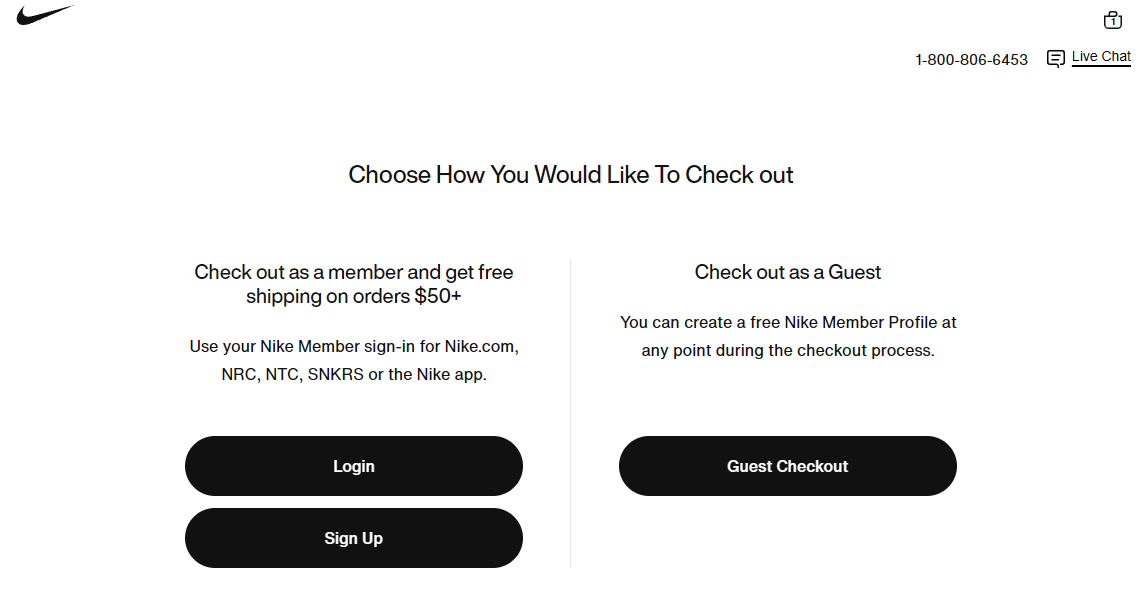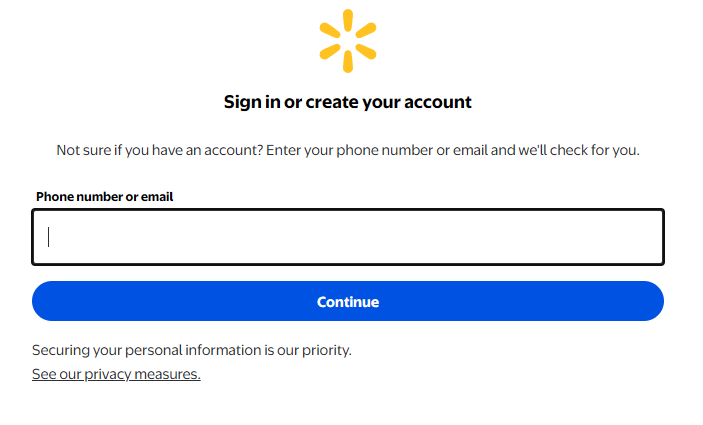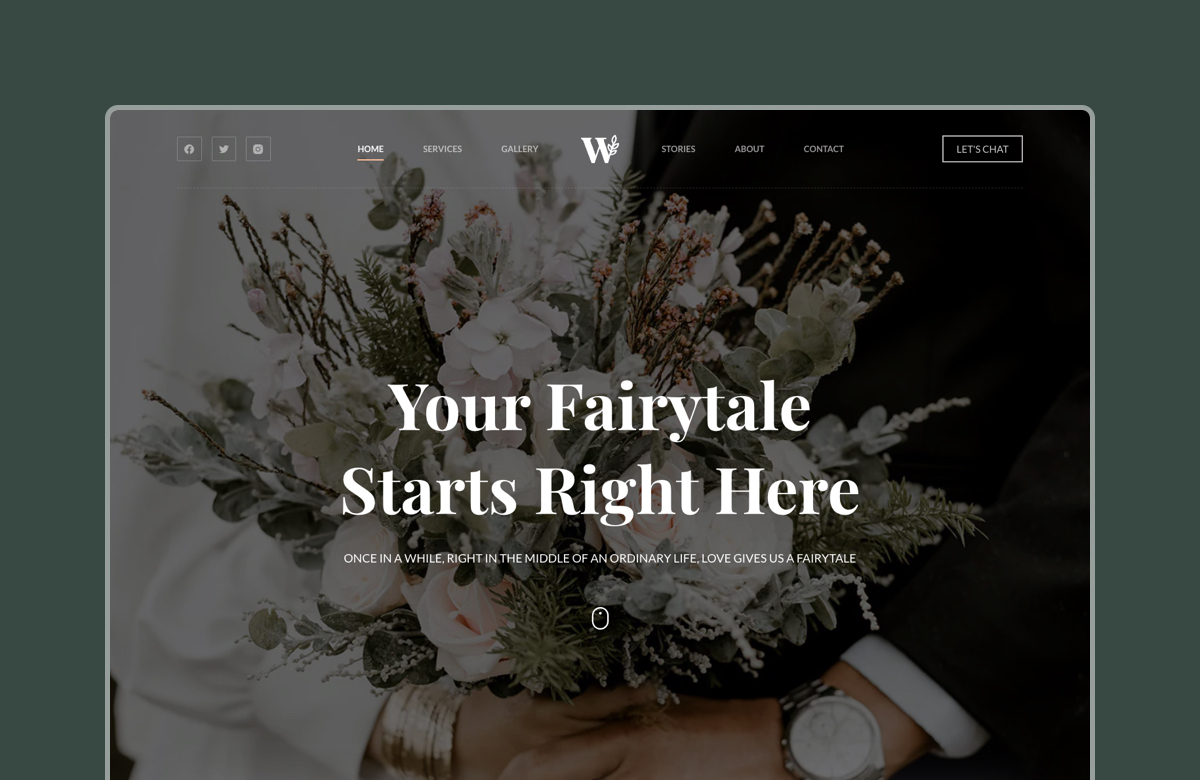One of the most common (and fixable) reasons customers drop off at checkout is being forced to create an account. That little step, which feels minor from a store owner’s perspective, can be a major point of friction for shoppers, especially first-timers or those in a hurry.
Understanding how account creation affects conversions is key to creating a smoother, more profitable checkout experience.
In this guide, we’ll break down the pros and cons of guest checkout and user accounts, help you decide which is right for your store, and show you how to customize the experience to match your business goals.
Guest Checkout vs. User Accounts: What Are They?
Before deciding which checkout method is right for your store, it’s important to understand the difference between guest checkout and user accounts in WooCommerce.
What Is a Guest Checkout?
Guest checkout allows customers to make a purchase without creating an account or logging in. Customers can simply add items to their cart, enter their shipping and payment details, and complete the order.

They don’t have to create and enter a username or password to login and complete their order. It’s a fast, frictionless experience designed for convenience.
What Are User Accounts?
User accounts (also called customer accounts) require shoppers to either register or log in before completing a purchase. This adds a small step upfront, but it also unlocks features like order history, saved addresses, and easier repeat purchases.
Walmart requires customers to sign in or create an account to checkout:

WooCommerce supports both options out of the box. You can enable or disable guest checkout and account creation in your WooCommerce settings, which gives you full control over how the checkout process works.
If you’re using a flexible theme like Blocksy, you can also customize the login and registration flow to make it more user-friendly. For instance, you can add social login, improve the design, or encourage account creation after a guest purchase.
Guest Checkout vs. User Account: Pros
Both guest checkout and user accounts offer distinct advantages depending on your store’s goals and audience.
Guest Checkout Benefits
Guest checkout is all about convenience. It removes the need for customers to register or log in, creating a frictionless buying experience. This is especially valuable in a world where attention spans are short and competition is high.
For one-time buyers or those making impulse purchases, guest checkout is often the better option. It speeds up the process, reduces hesitation, and avoids the common frustration of having to remember yet another password.
This is particularly important on mobile, where small screens and slower input can make account creation feel tedious. A simplified, no-login flow can significantly boost mobile conversions.
Guest checkout also helps reduce what’s known as “login fatigue”. For those unfamiliar, login fatigue is the mental resistance people feel when asked to register for a site they may never return to. So, instead of forcing a long-term commitment, guest checkout makes the path to purchase quick and painless.
Use cases where a guest checkout is ideal:
- Gift stores. Buyers are often shopping for others (friends or family) and are unlikely to return.
- Event ticket sites. Purchases are time-sensitive and driven by urgency.
- Single-product shops. With fewer repeat purchases, account creation adds unnecessary friction.
If your store caters to quick, transactional shoppers, enabling guest checkout can be a smart move for you.
User Account Benefits
While guest checkout is great for speed, user accounts unlock long-term value for both your customers and your business.
First, user accounts make it easier to build customer loyalty. With an account, customers can log in to view their order history, save payment details, and reorder quickly. This convenience increases the likelihood of repeat purchases and deepens the relationship between buyer and brand.
Accounts also improve the customer support experience. If a customer needs help with an order, having access to their account information makes communication easier and reduces back-and-forth.
Another major benefit is personalization. When a user is logged in, you can tailor product recommendations, email content, and offers based on their purchase history and behavior, thus creating a more relevant shopping experience.
Lastly, accounts provide a built-in marketing opportunity. With an email address and purchase data, you can run post-purchase campaigns, loyalty programs, or targeted discounts that bring customers back.
Use cases where user accounts are ideal:
- Subscription sites. Customers need access to user accounts to manage their plans.
- High-ticket items. Buyers are more invested and likely to return.
- Stores with repeat orders. Streamlined reordering is a major perk, especially for grocery and apparel stores.
So, if your business model depends on repeat engagement, user accounts are a must.
Guest Checkout vs. User Account: Cons
While both checkout methods have clear advantages, they also come with trade-offs.
Guest Checkout Downsides
While guest checkout offers speed and convenience, it comes at a cost when it comes to long-term customer value.
The biggest drawback is lost customer lifetime value (LTV). Without an account, it’s harder to turn one-time buyers into repeat customers. You miss the chance to nurture relationships through personalized follow-ups, loyalty programs, or targeted email marketing simply because you don’t have the data.
Guest users also lose access to account-specific features that can enhance the shopping experience. This includes downloading digital products from a dashboard, tracking past purchases, saving billing/shipping details, or managing subscriptions.
If your store offers digital downloads or recurring services, guest checkout can create unnecessary support issues. For example, customers may lose access to files or struggle to cancel subscriptions if they didn’t create an account at checkout.
Another key downside is limited post-purchase engagement. Without an account, customers are less likely to stay connected with your brand after their order. You lose opportunities for upsells, reviews, and repeat business.
Guest checkout can help close the initial sale, but if you’re focused on long-term growth or offer products that require ongoing interaction, these trade-offs matter.
User Account Downsides
User accounts offer long-term benefits, but they can also introduce significant friction, especially at checkout.
The most immediate downside is the added step of account creation, which can lead to higher cart abandonment. Forcing a customer to register before buying, especially if they’re in a hurry or accessing your store on a mobile device, can be enough to make them abandon the purchase altogether.
Then there’s the issue of password fatigue. Shoppers already manage dozens of logins across different platforms. Being asked to create yet another password can feel like a burden. This adds friction to future purchases.
Finally, user accounts raise security and privacy concerns. Customers may be reluctant to share their personal details, especially if your site feels untrustworthy or if they’re unsure how their data will be used. You’ll also need to take on the responsibility of protecting that data, adding complexity and risk on the store owner’s side.
In short, while accounts are great for retention, they can be a barrier to conversion if not implemented with care.
& Other Stories is an apparel store that gives you both options to checkout:

Guest Checkout vs. User Accounts: Which One Is Right for You?
The short answer is that there’s no universal answer.
What works best depends on your products, customers, and long-term goals. Asking the right questions can help you choose (or combine) the right approach.
What type of products do you sell?
If you offer digital products, subscriptions, or memberships, user accounts are typically essential. Customers need a way to access downloads, manage plans, or update billing info. For physical products or event tickets, guest checkout may be sufficient and less disruptive.
How frequently do your customers repurchase?
Stores with high repeat purchase rates — like food delivery, pet supplies, or skincare — benefit from user accounts that streamline reordering. If your store sells one-time or seasonal items, guest checkout can reduce friction and still get the job done.
Do you need customer data for support or marketing?
If you offer ongoing support, collect feedback, or run email campaigns, user accounts give you the data to do that well. But if that’s not a core part of your strategy, guest checkout might keep things lean and efficient.
Best of Both Worlds
Use a hybrid approach: allow guest checkout to speed up purchases, but prompt account creation after checkout. WooCommerce-compatible plugins can help you simplify the signup process without slowing down conversions.
Guest Checkout vs. User Accounts: Opportunities for Store Owners
A good checkout experience is a competitive advantage. Most eCommerce stores aren’t optimizing it, and that’s where you can get ahead.
According to the Baymard Institute, 50% of eCommerce sites fail to make “Guest Checkout” the most prominent option. That means half of online stores are unintentionally creating friction for first-time buyers. If you clearly highlight guest checkout on your WooCommerce store, you could instantly reduce abandonment and recover more sales.
Another insight: 65% of sites have overly complex password requirements, which frustrate users during account creation. When account creation feels like a chore, even loyal customers may drop off.
What does this mean for you?
You don’t have to choose between guest checkout and accounts. Instead, streamline both.
Make guest checkout the default, not an afterthought. Use a plugin to guide users gently toward account creation after purchase.
In addition to this, you can also simplify password requirements and offer social login to reduce friction.
By fixing these two overlooked areas, you create a smoother buying experience, and that can ultimately translate directly into more sales, more repeat customers, and more brand trust.
Conclusion
Guest checkout and user accounts each serve a purpose. One prioritizes speed, the other long-term customer relationships. The right choice depends on what you sell, how often customers return, and how much post-purchase engagement you want to drive.
We explored the pros and cons of both options, walked through use cases, and shared how a hybrid approach can give you the best of both worlds. We also looked at missed opportunities many store owners overlook, and how small improvements at checkout can lead to more conversions.
Over to you: Are you team guest checkout, user accounts, or both? Let us know in the comments section. What’s worked best for your WooCommerce store?






